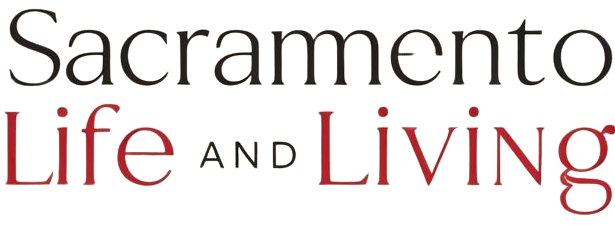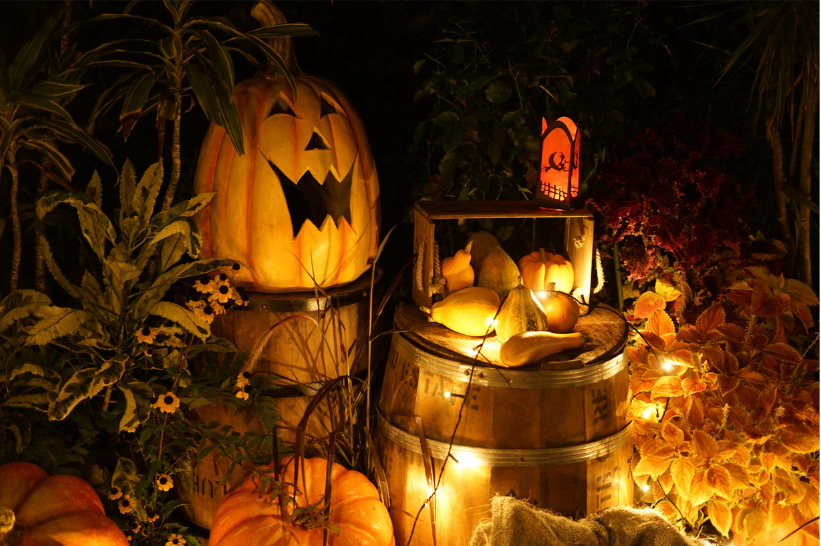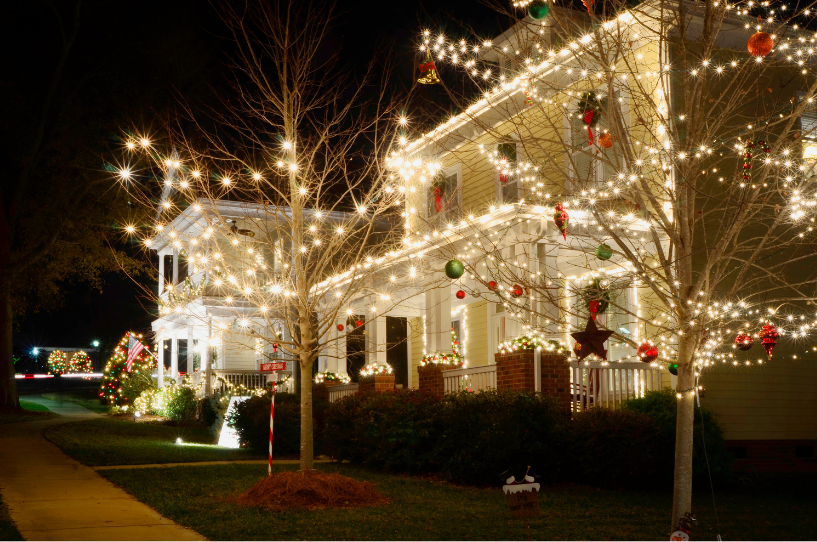Farm-to-Fork: A Beautiful Concept Hijacked by Buzzwords
Sacramento proudly calls itself America’s Farm-to-Fork Capital—and once a year, we throw a giant downtown festival to celebrate it. Sounds awesome, right? A whole weekend dedicated to fresh food, local farmers, and the people who keep our bellies full?
Sure. In theory.
But somewhere along the way, things got a little… murky. What started as a grassroots celebration of local food turned into a marketing machine where you might pay $17 for a “grazing box” that includes three crackers, one olive, and a vibe.
So here it is—the real guide to Sacramento’s Farm-to-Fork Festival: what’s actually worth checking out, and what’s just overpriced fluff with a recycled PR slogan slapped on top.
Let’s Break Down the Festival Format
The Farm-to-Fork festivities typically happen over two weekends every September:
- The Tower Bridge Dinner – Invite-only or pay $250+ to sit on a bridge and eat plated “experiences.”
- Legends of Wine – Fancy people swirl and sip near the Capitol.
- The Big Street Festival – The free one, packed with booths, music, food trucks, and long lines.
We’re focusing on the main street festival—the one open to all, not just the VIPs sipping Pinot and talking about terroir.
What’s Actually Worth It
1. The Local Farmer & Grower Booths
Yes, these are the unsung heroes. They’ve got actual produce from actual farms—not just marketing material. Some will even let you sample fresh fruit, ask questions, or buy small batches of stuff you won’t find at the grocery store.
Tip: Show up early. By 3 p.m., all the good peaches are gone and your best option is decorative kale.
2. The Cooking Demos (If You Catch a Good One)
Local chefs—real ones, not influencers who just learned how to caramelize onions last week—drop serious knowledge and show off dishes using seasonal ingredients. Sometimes you even get samples. Sometimes you don’t. Still, it’s free learning, and they don’t dumb it down.
Tip: Look for chefs from places like Canon, Mulvaney’s B&L, or Localis. Skip any tent that says “brand partner” instead of “actual restaurant.”
3. Live Music & Chill Vibes
The music stage brings in great local acts, and if you can find a shady spot (rare), it’s a great place to people-watch and recover from spending $12 on a “farm-fresh agua fresca.”
Bonus: Some of the performers actually slap. Others… well, they try. It’s a festival, not Coachella.
What’s Totally Overpriced Marketing Crap
1. Branded Tents That Sell Nothing and Say Less
Some of these booths are just big-budget ad space disguised as “community engagement.” You’ll see banks giving out pens, giant insurance companies doing raffles, and at least one tech startup pretending to care about agriculture.
Translation: You’re walking through a live-action LinkedIn feed.
2. “Local-Inspired” Food Stands That Clearly Aren’t Local
If the BBQ truck lists its ranch as “somewhere near Reno” and the strawberries are clearly out of season, just walk away. These vendors are not local, and their food isn’t even that good—it’s just expensive and wrapped in eco-friendly branding.
Warning signs:
- Food wrapped in faux rustic twine = scam.
- QR code menus with no actual farm listed = extra scam.
- $9 lemonade in a mason jar = marketing robbery.
3. Tower Bridge Dinner FOMO
Unless you got invited or feel like blowing half a paycheck, don’t stress about missing this. It’s plated, pretty, and ultra-curated… but it’s also extremely PR-driven and definitely not where regular folks get to experience local food.
Want something similar? Go eat at one of the local farm-to-fork restaurants on a regular night without needing a ticket or a tux.
Overheard at Farm-to-Fork Festival (That Says It All)
- “Wait, is this chicken actually local or just locally reheated?”
- “We paid $24 for a rice bowl and it’s mostly arugula.”
- “This guy just told me the corn is from ‘somewhere up I-5.’ That’s not a farm.”
- “No shade. No water. Only vibes.”
Real Ways to Support Local Farmers (Without the Festival BS)
- Shop at legit Sacramento farmers markets
- Visit places like Soil Born Farms or The Food Literacy Center
- Eat at actual farm-to-fork restaurants like Magpie Café or The Waterboy
Final Thoughts: Celebrate the Concept, Not the PR Machine
Sacramento’s Farm-to-Fork identity should be about real food, real people, and reconnecting with what grows around us. But somewhere along the way, it got hijacked by slick branding, overpriced drinks, and “sponsored hydration stations.”
There is good stuff—if you know where to look. But don’t fall for the hype. If someone’s trying to sell you a “local avocado toast” in September, politely walk away (and maybe give them a calendar).
Want more on Sacramento foodie guides? check it out here!




